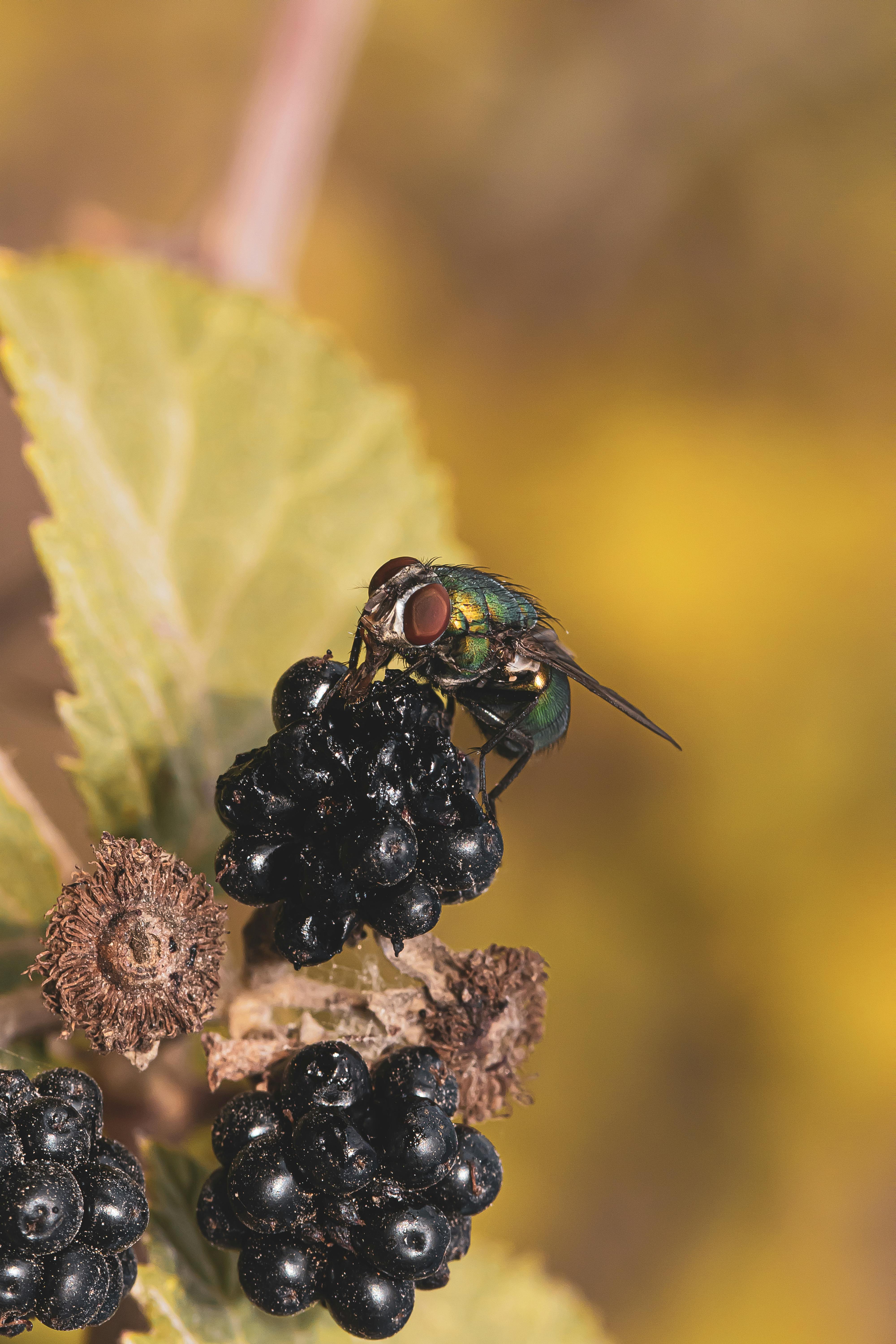Essential Guide to Watching Bears: A 2025 Perspective
As wildlife enthusiasts gear up to explore the majestic world of bears, knowing how to watch the bear responsibly and effectively becomes essential. From understanding bear behavior to locating the best viewing spots, this comprehensive guide is tailored for both seasoned watchers and newcomers alike. With advances in technology and increased awareness of wildlife conservation, 2025 presents unique opportunities and challenges for observing these magnificent creatures.
This guide will delve deep into bear watching tips, including habitat insights, ethical practices, and photography advice. We will explore prime bear viewing locations and discuss the importance of responsible tourism. Whether you're planning a family bear watching trip, participating in community wildlife events, or embarking on solo adventures, this article aims to maximize your bear observation experience while respecting their natural environments.
Let's embark on this journey to discover the best ways to observe bears, shed light on their ecosystems, and underline the importance of conserving their habitats for generations to come.
How to Watch the Bear: Fundamental Tips for Beginners
Understanding Bear Behavior
To enhance your experience, start by familiarizing yourself with bear behavior observations. Bears have distinct habits based on their species and seasons, so understanding these fluctuations will enhance your chance of observing them. Typically, bears are most active during dawn and dusk. Notably, different bear species display varying behaviors; for instance, brown bears are known for their aggressive feeding habits, while black bears tend to be more elusive.
Additionally, learning about the bear's food preferences throughout the year helps you understand where they might be found. Each species—North American bears, including black, brown, and even polar bears—has different dietary needs that influence their movements. Strongly consider these variables when planning your bear watching expeditions.
Finding Bears: Best Locations and Tours
When looking for bear viewing locations, national parks are often the best choice, as they provide protected habitats for these magnificent creatures. Places like Katmai National Park in Alaska are renowned for their high bear populations and offer guided tours for wildlife enthusiasts. Participating in best bear watching tours increases your chances of spotting them in their natural habitat.
Moreover, employing local bear guides can enhance your experience significantly. These experts understand bear migration patterns, local ecosystems, and optimal viewing sites. They can also provide valuable insights into the environmental factors affecting bears, giving you a well-rounded understanding of their ecosystem.
When to Watch Bears: Seasonal Activity Patterns
Understanding seasonal bear activity is crucial for any observer. Bears are often found foraging in spring as they emerge from hibernation, making this an excellent time to see them engage in denning behaviors. Summer is peak observation time, as bears actively feed and nurture their young. Fall presents a unique opportunity to witness bears preparing for hibernation as they stock up on food.
Each season brings unique opportunities to observe bear interactions in nature. By keeping a seasonal calendar of bear activity, you can identify when to plan your trips for optimal bear sightings.
Essential Gear for Responsible Bear Watching
Bear Watching Safety Guidelines
Safety is paramount when engaging in bear watching safety practices. Always maintain a safe distance from bears—generally, a minimum of 100 yards is advisable. Use binoculars for better viewing without intruding on their territory. Additionally, familiarize yourself with bear safety guidelines, including how to react during an encounter. This knowledge can significantly influence your experience and ensure you and the bears remain safe.
Recommended Bear Watching Gear
Bringing suitable equipment can enhance your observation experience. Essentials include binoculars for spotting bears at a distance, high-quality cameras for capturing moments, and weather-appropriate clothing to ensure comfort. Specific bear watching gear such as photography equipment should be chosen to capture the best possible images without startling the animals.
Photography Tips for Capturing Bears in the Wild
When it comes to wildlife photography, respecting the bear's space is crucial. Use zoom lenses to photograph bears without encroaching on their habitat. Understanding the fundamentals of wildlife photography tips—such as lighting, composition, and the ethics of wildlife photography—is critical to capturing compelling and respectful images of bears.
Bear Conservation and Responsible Viewing Practices
The Importance of Ethical Bear Watching
Engaging in ethical bear watching practices influences both the observer's experience and bears' well-being. It is essential to avoid disturbing their natural behaviors and habitats. Always follow the guidelines established by conservation organizations and respect wildlife observation permits when watching in protected areas.
Understanding Bear Habitats and Ecosystems
Each bear species thrives in specific bear habitats, which undergo various ecological changes due to climate factors and human interactions. Understanding the critical elements of these ecosystems allows you to recognize the environmental indicators that signify healthy bear populations. Joining community initiatives focused on bear habitats protection can deepen your knowledge and foster a greater appreciation for these magnificent creatures.
Community Engagement in Bear Conservation
Participating in community wildlife projects and events fosters awareness about bear conservation initiatives. Look for programs that promote wildlife conservation efforts, such as local workshops conducted by bear experts. These programs often emphasize the importance of protecting natural habitats and educate the public about the challenges faced by bear populations.
Common Questions About Bear Watching
What is the best time to watch bears?
The best times to watch bears are during early morning and late evening when they are most active. Spring and summer are typically peak seasons for bear sightings.
How can I ensure my bear watching trip is safe?
Always maintain a safe distance from bears, use binoculars, and follow all bear safety guidelines to avoid dangerous encounters.
Where can I find local bear watching tours?
Explore national parks or wildlife reserves in your area. Websites for wildlife conservation organizations often provide resources for local guided tours.
What wildlife photography tips should I consider?
Use a zoom lens, respect bear space, and understand lighting and composition to create stunning photographs while ensuring the bears are not disturbed.
